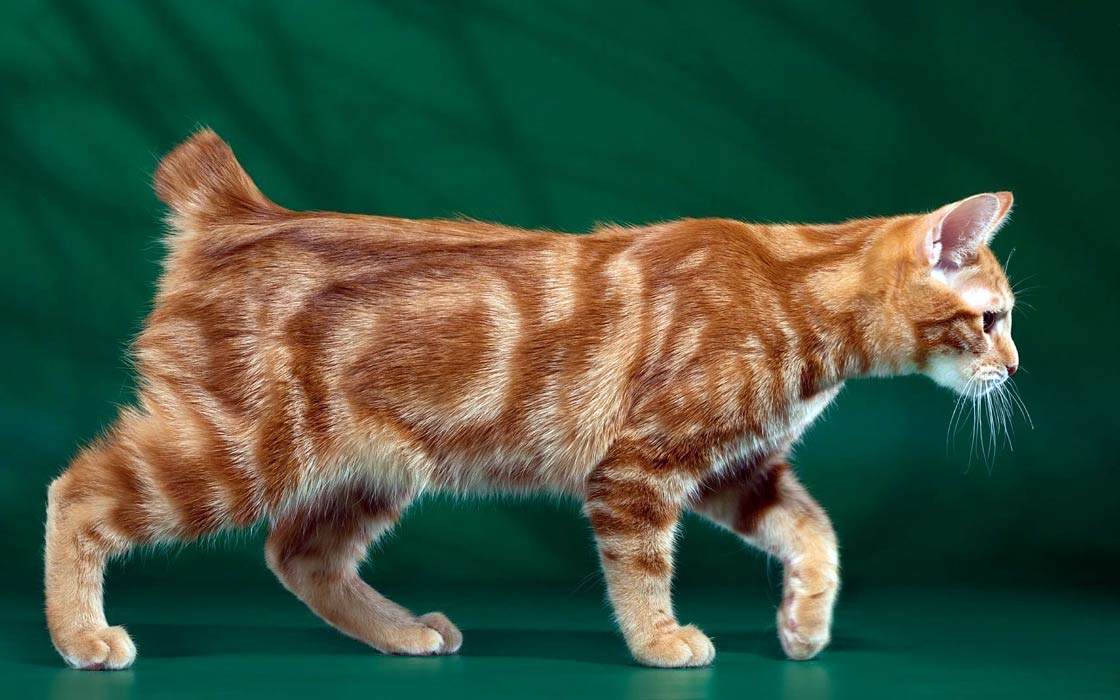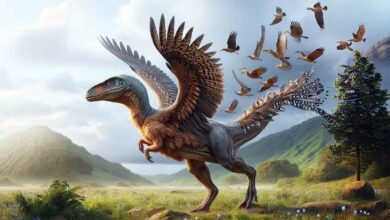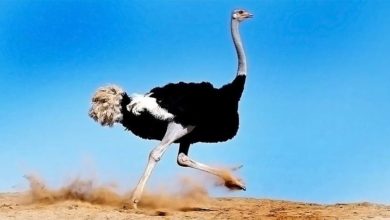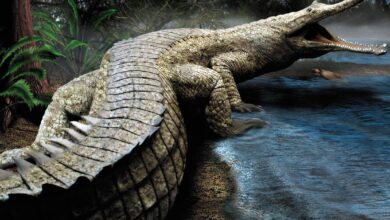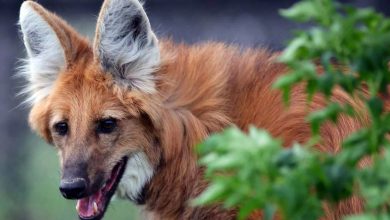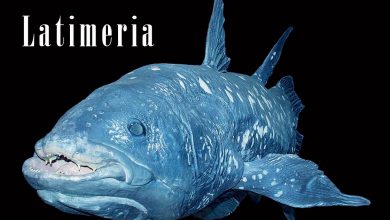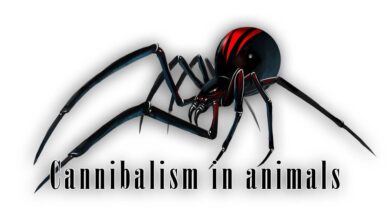Manx cat
The cat whose tail Noah got caught on the Ark
The unusual feature of the Manx – the lack of a tail – contributes, interestingly, to its popularity. The specific appearance, however, carries many health problems, which are a side effect of the genetic mutation. Despite this, the Manx is a breed with a great personality, full of love and warmth, which needs a devoted owner.
FIFe classification
- Category III: Shorthair cats
- EMS code: MAN
- Other names: Manx, Manks
- Nicknames: Stubbin, rumpy
- Country of origin: Isle of Man

History of the breed
For centuries, the breed has lived on the small Isle of Man, located in the Irish Sea between England and Ireland. Since there were no cats from which the Manx breed could develop, it is assumed that domestic cats were introduced there by settlers and prospectors. However, it is not known when this happened.
One theory is that domestic cats were transported aboard the ships of the Spanish Great Armada, which was destroyed in 1588. Brave cats, however, managed to swim to the coast of the island and settle it. According to another hypothesis, domestic cats appeared on the Isle of Man thanks to Phoenician merchants who transported cats from Japan. Others, however, believe that the ancestral of Manx breed came with the Vikings who colonized the island.
It is not known if we will ever get to the truth. One thing is certain – the ancestors of the breed did not have tails from the beginning. Scientists believe that this is the result of a spontaneous genetic mutation. The island’s closed ecosystem only facilitated its consolidation.
However, the islanders have created many other theories about the Manx’s Residual Tail. One of the most amazing claims is that it is the result of crossing cats and rabbits. Another suggests that it is the fault of the Irish invaders, who cut off cats’ tails to attach them to their helmets. The third story explains the lack of a tail with the Bible – according to this theory, there were two cats on Noah’s Ark. Noah inadvertently slammed the tails of those cats with the door.
Historical sources, however, say that King Edward VIII Windsor himself bred this breed and often participated in its exhibitions. The first Manx club in Great Britain was established in 1901. About the same time, the breed appeared in the United States.
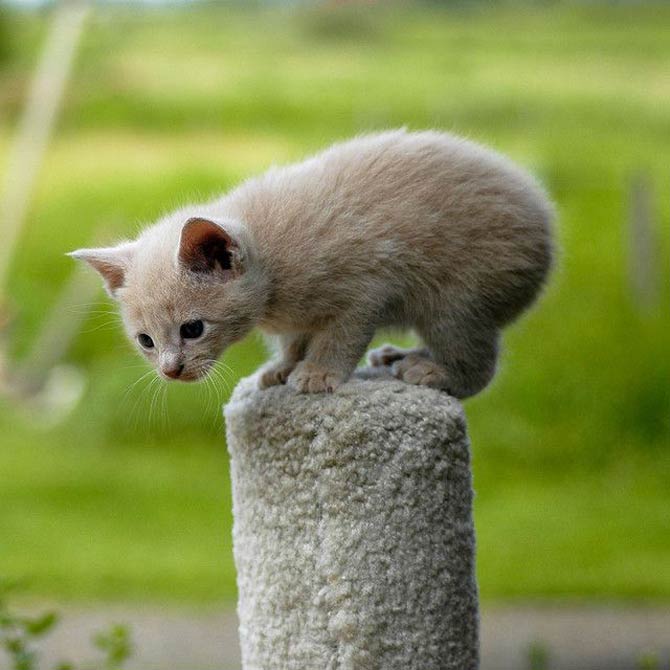
Characteristic
Appearance
The Manx’s hind legs are longer than the front legs, thus creating an arched silhouette. The forward-facing ears are smaller than other breeds, while the body is muscular and lean. The head has a round shape, it rests on a long neck and ends with a small nose. In front of the muzzle, there are also large, round eyes, the outer corners of which may be higher than the inner ones.
The color of the iris does not matter much, although the perfect Manx has an eye color similar to the color of the coat. Different colors are found within the breed and each is accepted, including tortoiseshell and solid color (including solid white, which is rare within the breed).
Manx’s coat can be long or short. Both varieties have a double coat, consisting of a thick, short undercoat and a longer top coat. Long-haired Manx also have a ruff around the neck, pants on the back of the hind legs, and tufts of hair between the fingers and in the ears.
The breed’s hallmark is the lack of a tail or its residual form. However, this is not an exact distinction. Within the breed, there are 5 types of Manx classified in terms of tail length:
- Rumpy / dimple rumpy – no tail
- Riser / rumpy riser – tail in the form of a bump of cartilage
- Stumpy – a rudimentary tail, not exceeding 3-4 cm (1.1 – 1.5 in) in length
- Stubby (stubbie), shorty, short-tailed – with a short tail
- Longy (longie), tailed, taily (tailie) – with a long / normal-length tail
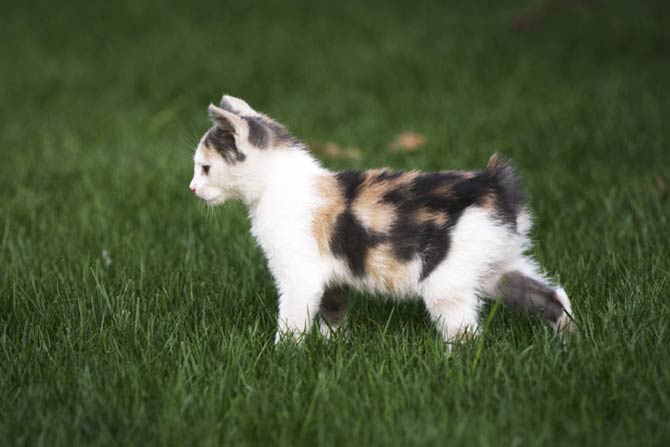
Mutation
Manx breeding is very difficult due to the gene responsible for the lack of a tail. Kittens that have inherited this trait from both parents often die shortly after birth. The situation is not much better in kittens with the gene from one parent. Although their mortality is less frequent, it is still above average.
Often, this gene is also responsible for numerous deformities caused by a significant shortening of the spine. These include spina bifida, defects in the colon, bladder and intestines, as well as damage to the nervous system and spinal cord. Cats with such diseases live on average for 3 years (the record holder is 5 years old).
It has been estimated that the gene responsible for the lack of a tail affects the health of about 20% of cats, but almost all of these cases relate to the Rumpy – a tailless variety.
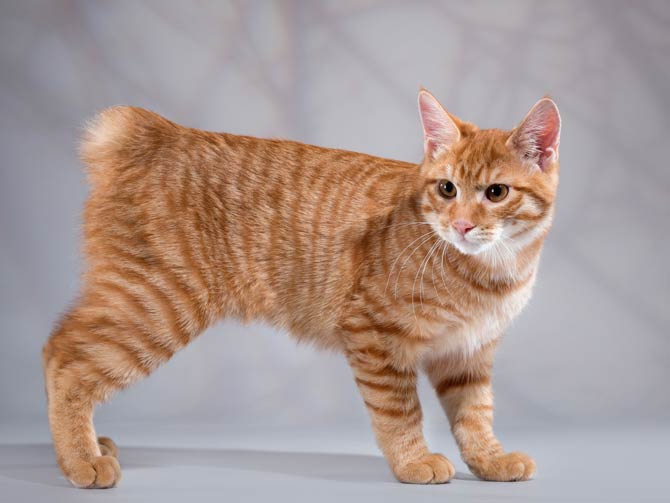
Temperament
Despite its body build problems, Manx has a great personality. It turns out to be an ideal family companion, shows high intelligence, activity and willingness to play. It is very good at everyday activities, despite the lack of a tail to help maintain balance.
It lives well with other animals (especially dogs) and forms a deep bond with one chosen owner. It loves various games and is fascinated by water. Thanks to its strong hind legs, it makes impressive jumps. Accordingly, it will be happy to jump on cabinets and even doors.
It is often said to move like a rabbit. Some believe that this is a consequence of abnormal skeletal development, which in turn is caused by the gene that causes the lack of a tail. Many aficionados and felinologists claim, however, that the rabbit gait is the result of the shortening of the torso and elongation of the hind limbs, which are considered the norm in Manx cats.
Manx shows excellent hunting skills and the need to observe the terrain. Thanks to this last feature, Manx often acts as a watchman, who quickly reacts to strangers or situations with a growl or even an attack. If the owner lets him know that there is no danger, it lets it go.
Although it is able to defend the property and its owners against mice, stray dogs and other threats, it is very loving and gentle towards its keepers. It patiently waits for the beloved owner to have time to hug him. When that longed-for moment arrives, Manx just gets on the owner’s lap and dozes. It always looks at its people, keeping an eye on whether they are in danger. It also enjoys talking to the owner with grunts and chirps. Willingly responds to the words of the owner.
Intelligence makes it easy to adapt to domestic situations and people. It quickly learns tricks and even walking on a leash. It likes traveling by car, so it may turn out to be the perfect companion for people who live “on suitcases”. However, since it badly needs human presence, it is not suitable for those who are busy and who are forever absent.

Detailed data / dimensions (size)
Manx cat
- Height at the withers:
- males 30-38 cm (11.8 – 15 in)
- females 25-33 cm (9.8 – 13 in)
- Weight:
- males 4.5-5.4 kg (9.9 – 11.9 lb)
- females 3.6-4.5 kg (7.9 – 9.9 lb)
- Lifespan: 8-14 years (cats with diseases live 3-5 years)
Manx cat – interesting facts
- Nowadays, there is a great demand for this breed due to its rarity.
- In 1988, the Isle of Man issued the first coin with the image of the Manx cat.
- The Varius Manx band takes its name from the Manx breed.


